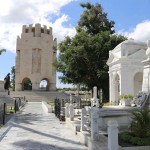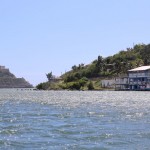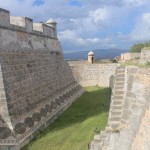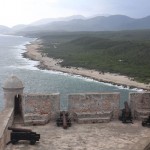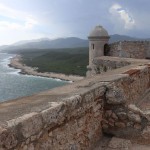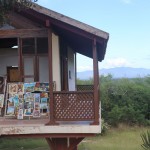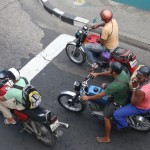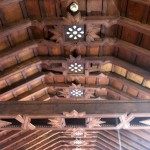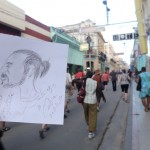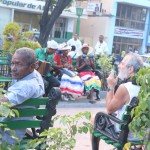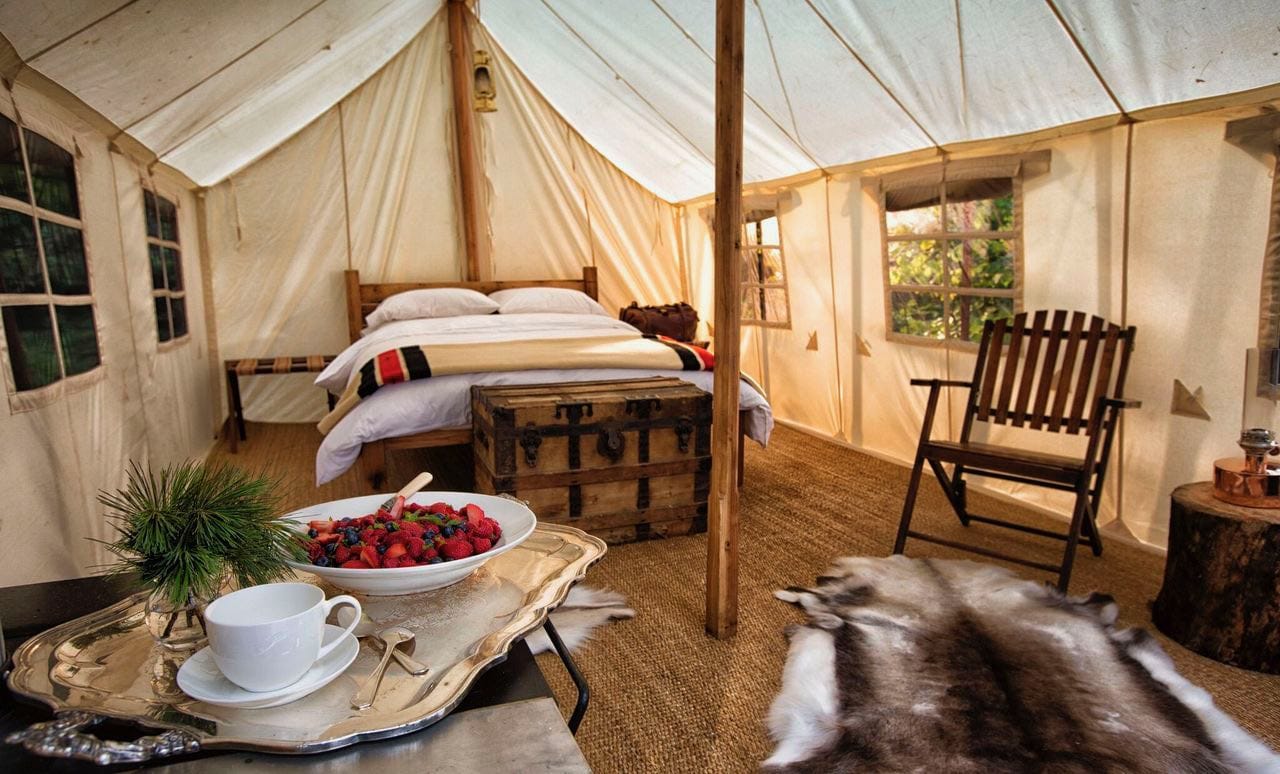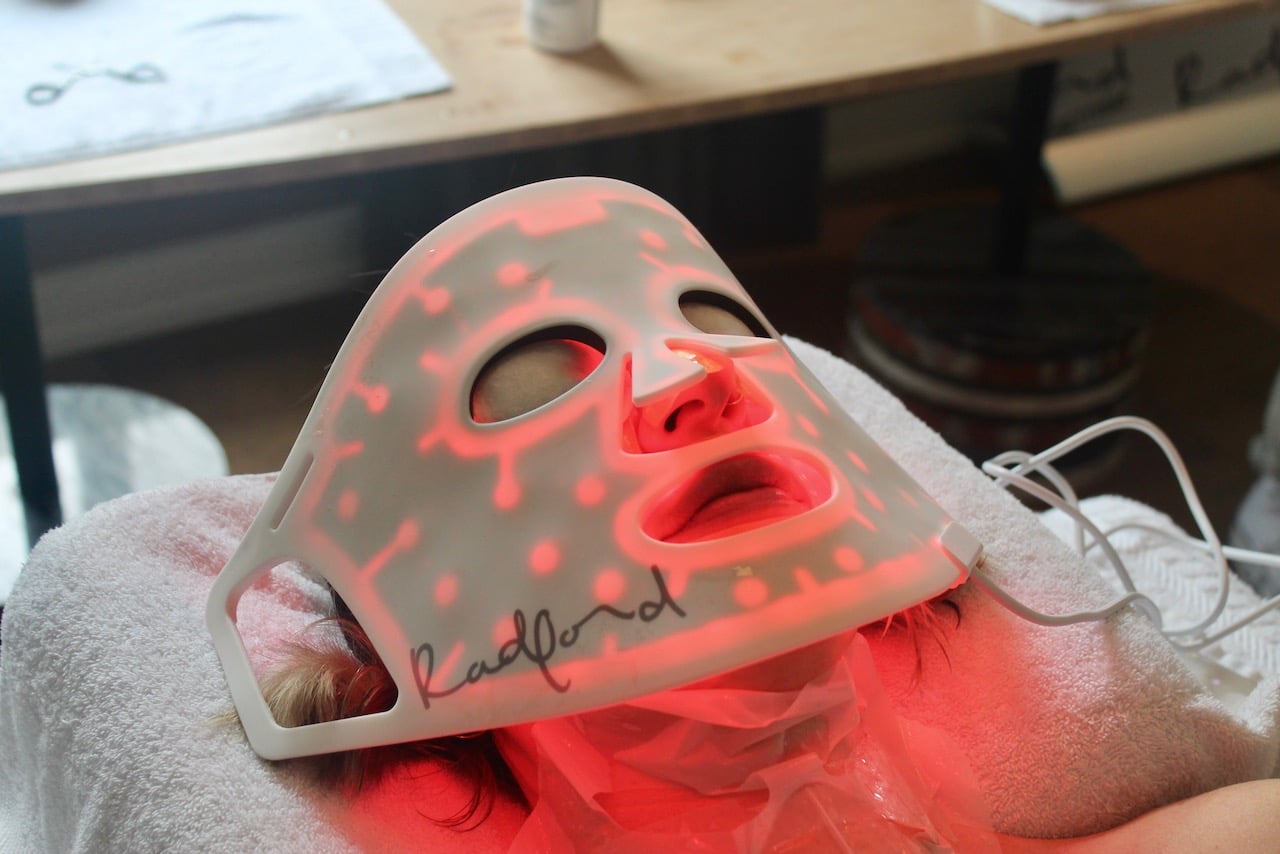Spanning out from the base of a deep-water bay and cradled by mountains, Santiago de Cuba is credited with being the most Caribbean part of the country, a claim borne out by its laid-back lifestyle and rich mix of inhabitants. It was here that the first slaves arrived from West Africa, and today Santiago boasts a larger percentage of black people than anywhere else on the island. It is also the heart of Cuba’s most famous exports including coffee, rum, cigars and music.
Santiago would be the final port of call on my Cuba Cruise itinerary. Cuba’s second largest city is regarded as the root of the Revolution and has been the birthplace of many national heroes, which is reflected in its historical museums, squares and sprawling cemetery. Fidel Castro chose Santiago for his debut battle in 1953, when he and a small band of rebels attacked Moncada barracks and it would be here that they would be tried and imprisoned. Santiago’s revolutionary spirit runs deep. The perfect city to explore Cuba’s fascinating political past.
Cementerio Santa Ifigenia
is a sprawling cemetery where some of Cuba’s most famous war heroes have been laid to rest. Most visitors come here to view Jose Marti’s mausoleum, a grandiose affair of heavy white stone. Be sure to visit the tall black monument near the main entrance in honour of the Bacardi family, made famous for their rum. Every hour there’s a five minute changing of the guard ceremony where an ever-so-serious trio march in freshly pressed military uniforms.
Plaza de la Revolucion
is backed by a park in which stands the gargantuan Monumento Antonio Maceo. The 16m steel effigy, on a wide plateau at the top of a jade marble staircase, shows Maceo, the “Bronze Titan” – so named because he was of mixed race – on his rearing horse, backed by a forest of gigantic steel machetes representing his rebellion and courage.
Lunch with an Ocean View
a wee island sits a stones throw from towering El Morro Castle and is easily accessible by petite ferry. Our boat was greeted by a hilarious local woman who sat floating in a makeshift DIY lounge chair. She paddled over to our boat using her flip flops as fins and asked for money in exchange for seashells. Her canine mascot should win an award for balancing on her footrest with such ease. The restaurant offered beautiful views overlooking the ocean and served up a seafood feast featuring boiled lobster, fried fish, stewed calamari, mashed bananas and savoury rice.
El Morro
located 8 km south of the city, Santiago’s famed fortress is its most dramatic site (and my most memorable in Cuba). El Morro is poised on the high cliffs that flank the entrance to the Bahia de Santiago de Cuba, as picturesque as can be. Designed by an Italian military engineer and named after Santiago’s then-governor, it was built between 1633 and 1639 to ward off pirates. The real splendour here is the structure’s magnificent scale, the sheer cliff-edge and its jaw dropping views of the Caribbean Sea.
Parque Cespedes
is the spiritual centre of Santiago. On the south side of the park stands the handsome Catedral de Nuestra Senora de la Asuncion which features a Baroque-style facade, twin towers gleaming in the sunshine and a doorway topped by an imposing herald angel, statues of Christopher Columbus and Bartolome de las Casas, defender of the Indians. Built in 1515 for Diego Valazquez, the first conquistador of Cuba, the magnificent stone edifice on the west side of the park is the oldest residential building in Cuba. It now houses the Museo Ambiente Historico Cubano, a wonderful collection of furniture, curios and weapons which offer one of the country’s best insights into the colonial lifestyle.
You May Also Enjoy Reading…
Things To Do in Punta Frances Cuba


